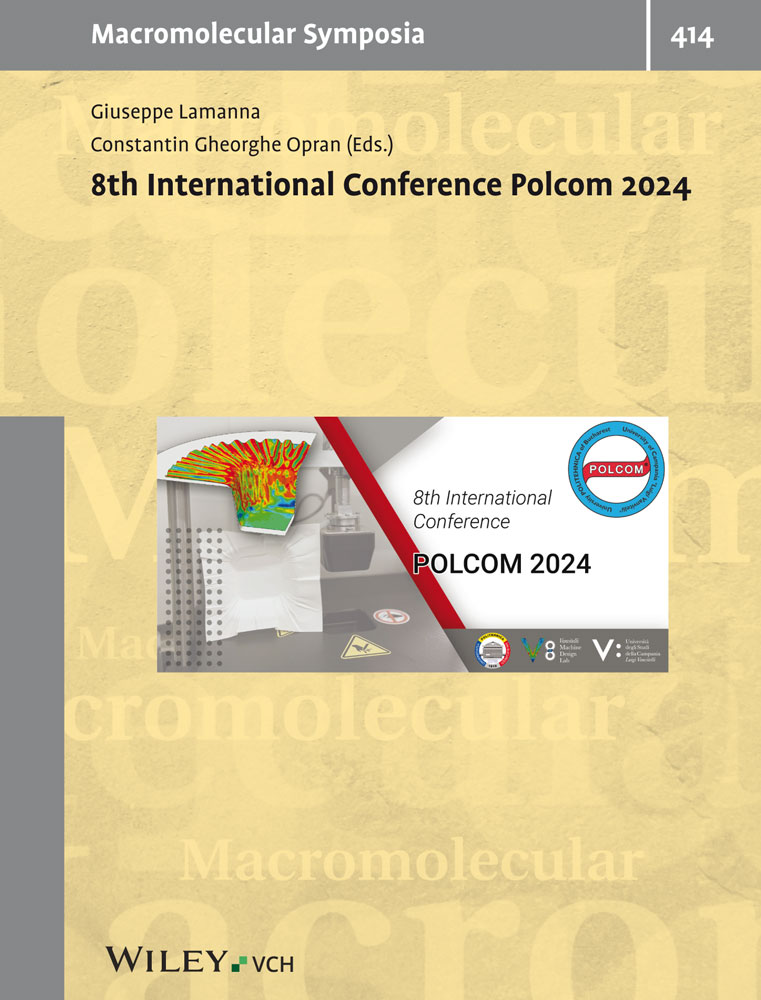Device performance and polymer morphology in polymer light emitting diodes: morphology dependent emission spectra
Abstract
Polymer thin films for the light-emitting devices (LEDs) are usually obtained by spin-casting from slightly viscous solutions. The performance of polymer light-emitting diodes is strongly influenced by the thin film morphology. It is known that the polymer thin film morphology (or aggregation) is determined by the solvents used for obtaining polymer solutions. In this manuscript, we demonstrate that the polymer aggregation can also be controlled by the concentration of the polymer solution and the rotational speed used during spin-casting of the films. The correlation between the film morphology and emission spectra for polymer light-emitting diodes fabricated using poly(2-methoxy-5-(2′-ethyl-hexyloxy)-1,4-phenylene vinylene) (MEH-PPV) has been studied. Our findings indicate that there is a strong correlation between the “vibronic structure” observed in the emission spectra of the MEH-PPV devices and the aggregation of the polymer chains.




